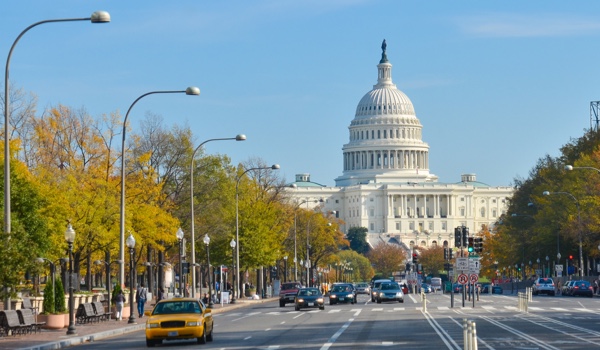


BERKELEY, US - The expiration of enhanced unemployment benefits in the United States has come and gone with no noticeable impact on the number of US citizens seeking work. This should come as no surprise. Arguments made by uninformed and self-interested low-wage employers who blame the pandemic-era safety net for their inability to fill open positions never held water. Research from the US Federal Reserve Bank of San Francisco has shown that early suspension of benefits in some states had no noticeable impact on their unemployment rates.
The challenge of employing more than 8 million jobless Americans will not be solved by cutting benefits. Rather, a more substantial change in the social contract is needed, particularly to support jobs in the care economy. The pre-pandemic US economy was close to full employment (as traditionally defined), with 3.5 percent joblessness in February last year. The economy had added more than 2 million jobs over the previous year in the longest economic expansion in US history. COVID-19 - and the lockdowns to combat it - changed that almost overnight. Within the space of a month, 20.5 million US jobs were lost, and unemployment peaked at almost 15 percent.
Rapid action by the US Federal Reserve and an unprecedented fiscal response through the American Rescue Plan and the Coronavirus Aid, Relief, and Economic Security (CARES) Act stemmed the tide. Many jobs switched to remote work, and the economy stabilized until vaccines arrived, allowing for a reopening. By September, employment had risen by 17.4 million jobs from its previous trough, and the jobless rate had dropped to 4.8 percent. The end of the month saw more job openings (10 million) than people seeking work (8.4 million). The Fed is expected to start tapering its support for the economy in the next two quarters.
The early response to COVID-19 laid bare deep inequities tha
The content herein is subject to copyright by Project Syndicate. All rights reserved. The content of the services is owned or licensed to The Yuan. The copying or storing of any content for anything other than personal use is expressly prohibited without prior written permission from The Yuan, or the copyright holder identified in the copyright notice contained in the content. Continue with Linkedin
Continue with Linkedin
 Continue with Google
Continue with Google







 3723 views
3723 views










